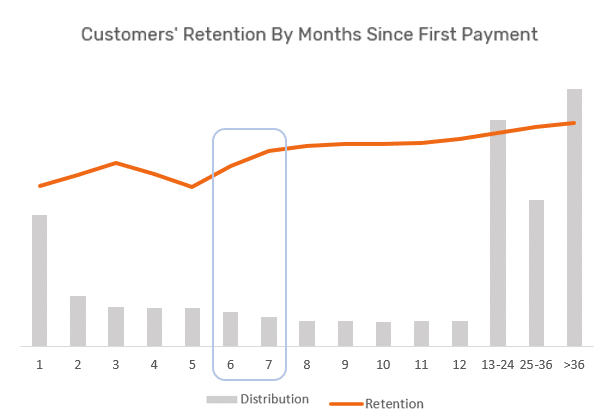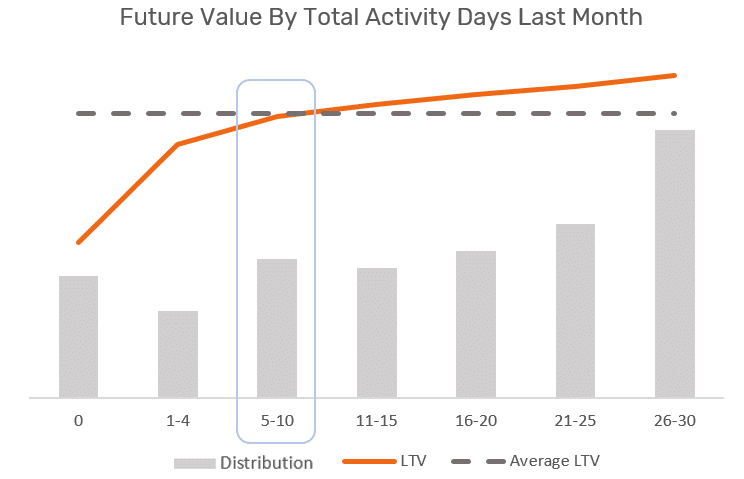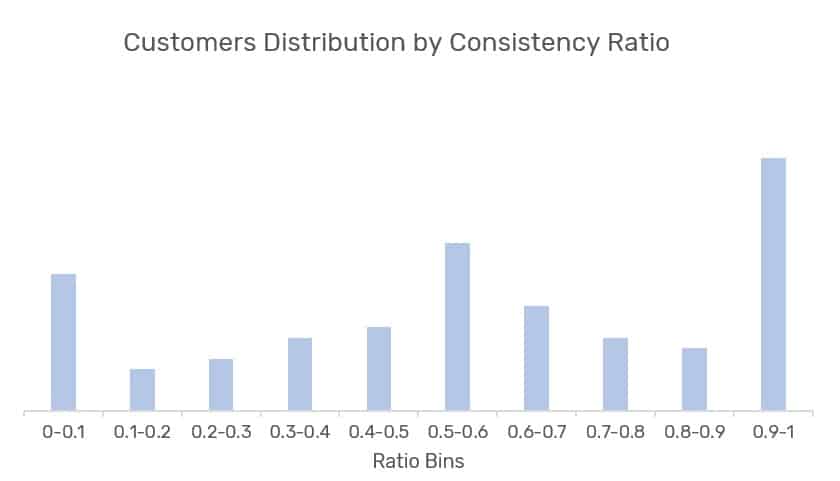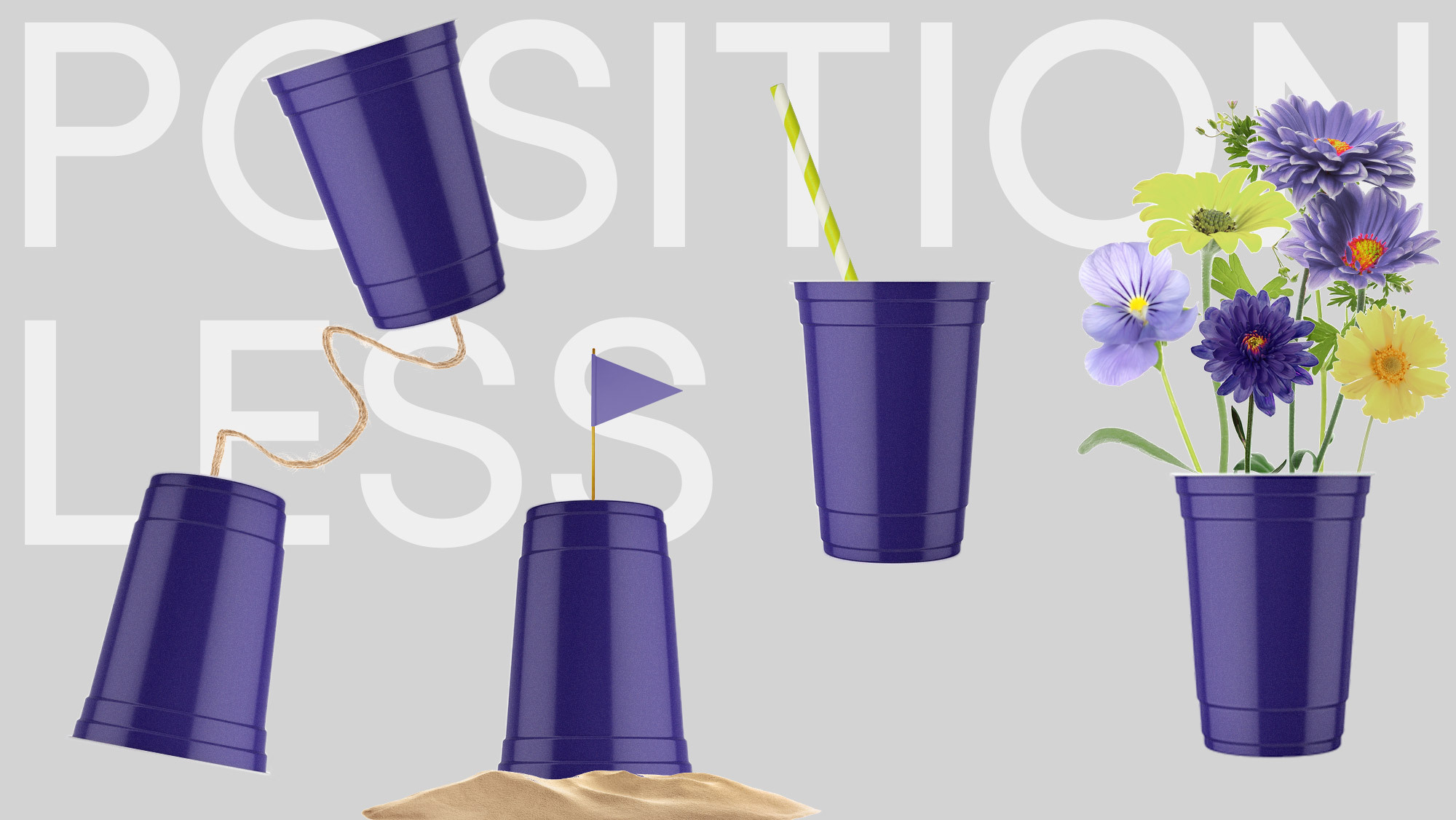
AI and the Retail Marketer’s Future
How AI transforms strategy and processes, driving the adoption of Positionless Marketing
Exclusive Forrester Report on AI in Marketing

The Subscription Model is a business in which a customer pays a recurring price at regular intervals for access to a product or service. This model is an excellent opportunity to earn regular and predictable revenue while strengthening relationships with customers and building brand loyalty.
There are many types of subscription models. These can be divided into two major categories;
Content-based subscription - services that offer exposure to content such as TV programs, music streaming, online magazines, etc.
Physical product - services that offer timely delivery of items such as subscription boxes of cosmetics, food, or clothing.
The main difference between the two models is the customer usage. In content-based programs, the customer can access the service an unlimited amount of times within a specific time; Product-based customers are likely to have one interaction with the brand during each period. Many companies do not monitor their user’s activity, checking whether they’ll continue paying for the following month or not.
Mostly, VIP customers are a relatively small group of customers who generate a large portion of the company’s revenue. In a subscription business model where the periodic revenue per customer is equal, is it possible or even needed to identify the VIPs? In this blog, we’ll discuss this question, focusing on Content Subscription, suggesting a few ideas for defining those VIPs and how to interact with them differently.
WhyHave VIPs?
What is the point in having non-monetary VIPs? There are several reasons for pinpointing your VIP customers in a subscription model. First, you can encourage your most passionate customers to be your brand ambassadors by making referrals to bring in new customers and recommending the product or the service on social media. In other words, you can take your retention efforts and leverage them for acquisition and growth. Ask these customers to provide feedback via ratings or surveys that can also help product development. Additionally, the mere act of taking a survey is strengthening brand affinity, thus may increase LTV.
HowDo You Define VIPs?
Most businesses define VIPs according to customer spend or their revenue. In a content-based subscription service—since all customers pay the same amount, thus providing equal revenue—we must find other categories, conditions, and their combinations to have small to create our VIPs. In this case, identify customers with the highest future value, which comes from the customer’s likelihood to retain. One possible category is longevity, or in other words – the number of periods since their first payment.
The chart below, which is based on data analysis conducted on Optimove’s clients, demonstrates the distribution of customers by months following first payment and their retention rate (the probability of these customers to remain paying customers in the following month). In this graph, 6 months after the first payment, there is a moderate increasing trend of the customer’s retention rate. We can then conclude that after 6 months, a customer may be eligible for VIP status.

Customers’ retention can shift during the subscription renewal period. For example, in a yearly contract, it would be interesting to see whether there’s a “jump” in retention rate, or if there is a “barrier,” after which customers have significantly lower probability to cancel their subscription, and whether those who pass the barrier become potential VIPs.
Another factor that can be taken into consideration when defining non-monetary VIPs is customer usage. The demonstration below shows the customer lifetime value (LTV) by the monthly activity days and the average LTV. Customers with more than 5-10 monthly activity days have an LTV greater than the average LTV, which could make for a good VIP threshold.

We looked into the customer’s activity last month, but are our customers active during the months they’re paying? Given the type of content, it's possible customers won’t have an activity every month; for example, in music streaming, we expect the customer to use the service every few days, but for traveling content, customers may skip months, therefor customer consistency is a strong KPI.
I calculated the consistency ratio for each customer by dividing the months in which the customer was active by the total number of paid months (among users with over 6 months since their first payment).


If we define VIPs by one KPI, we’ll see a large group of customers, but by using the combination of usage and longevity as well as other combinations, we can generate a small group of top customers (AKA our VIPs). Below, we combined these categories and each customer’s retention. As we can see, customers with the highest number of monthly activity days and the most prolonged longevity have the highest probability pay the following month. For instance, customers of over one year make up for about 50% from all the customers, but with the combination of usage of more than 10 activity days, will result in a group size of about 30% with a high retention rate that can potentially be VIP customers. It is also possible to combine more categories to reduce the group size.

The above are some general examples of KPIs that can be used to identify top customers in the subscription business model. Of course, there are additional, more specific factors that range from one product to another, like the customers’ frequency of usage or the number of distinct products they use/pages they watch, and so on.
How can we markettothese customersdifferently?
Content-based subscription providers should reward their customers for loyalty. To make their VIP customers feel special, brands can create exclusive VIP content or give them a sneak peek into upcoming content. Or you might choose to allocate a dedicated customer service team to help them, as well as send physical branded content or merchandise.
As mentioned before, you can use VIP feedback for product development, increase engagement, and strengthen brand loyalty. Adding a rewards program is a good way to encourage customers to provide useful feedback. This can mean granting points for every rating or survey for customers to redeem for a discount or a “special surprise,” such as brand merchandise. But some simple recognition of the customer’s VIP status and encouragement to contribute to the brand’s success can increase their loyalty and satisfaction.
**
There is no definite answer to the question of whether a brand whose customers all pay the same amount should have a VIP model or not. However, it's clear that creating such a model may reap several rewards for a relatively easy process.
For more reading on subscription services, click the link below about the various “personas” in the consumables services below:
Exclusive Forrester Report on AI in Marketing
In this proprietary Forrester report, learn how global marketers use AI and Positionless Marketing to streamline workflows and increase relevance.


Writers in the Optimove Team include marketing, R&D, product, data science, customer success, and technology experts who were instrumental in the creation of Positionless Marketing, a movement enabling marketers to do anything, and be everything.
Optimove’s leaders’ diverse expertise and real-world experience provide expert commentary and insight into proven and leading-edge marketing practices and trends.


